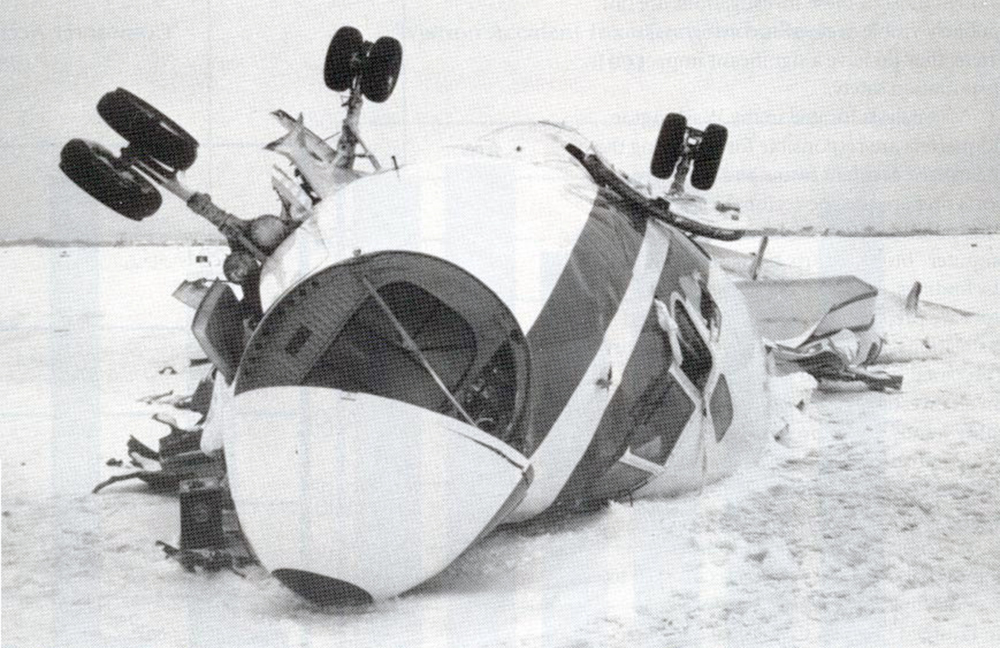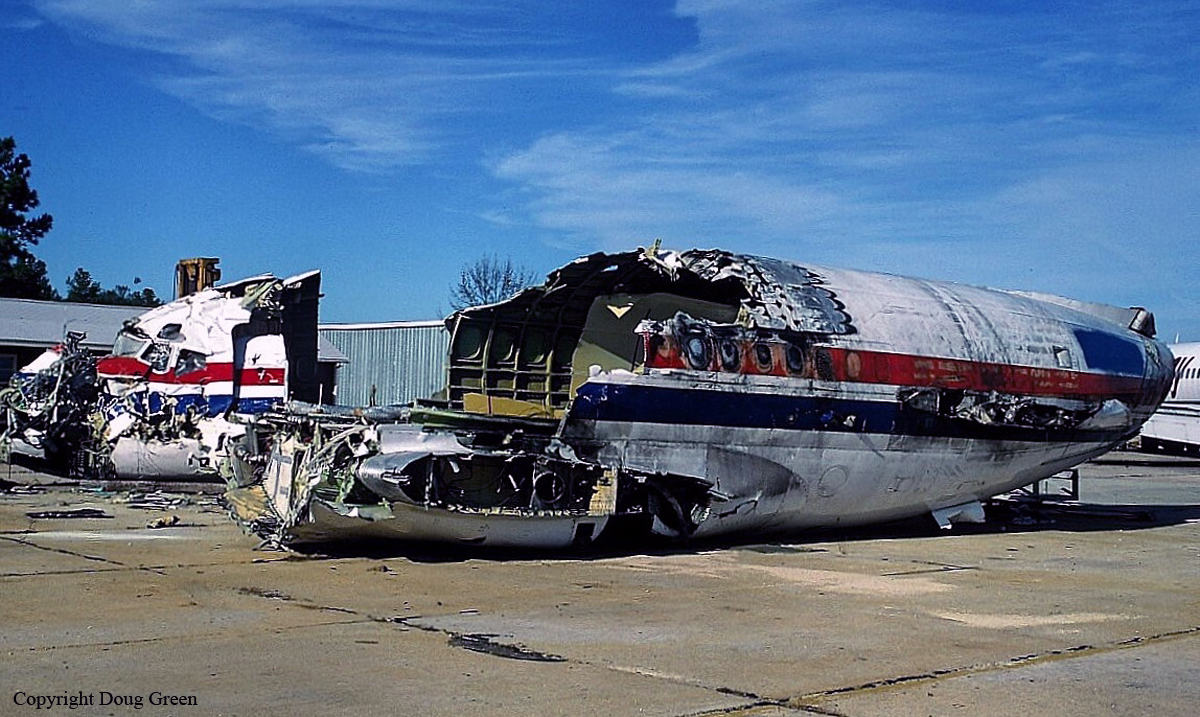Ground accident of a Boeing 727-51C in Denver
Date & Time:
Oct 1, 1997 at 0436 LT
Registration:
N414EX
Survivors:
Yes
Schedule:
Denver – San Francisco
MSN:
18899/256
YOM:
1966
Flight number:
RYN607
Crew on board:
3
Crew fatalities:
Pax on board:
0
Pax fatalities:
Other fatalities:
Total fatalities:
0
Captain / Total hours on type:
7305.00
Aircraft flight hours:
47098
Aircraft flight cycles:
45215
Circumstances:
As the cargo jet was taxiing for takeoff in a non movement area, it was struck by an airport employee shuttle bus. The airplane captain was seriously injured. Visual meteorological conditions prevailed, and the collision occurred during predawn hours. The bus driver said he stopped at the stop sign, turned on the 4-way flasher lights, and looked both ways. He saw one inbound aircraft to the right that had stopped. He did not see the airplane approaching from the left as he started across the cargo ramp. The airplane crew stated they did not see the bus until seconds before impact. Airplane skid marks, measuring 22 and 24 feet in length, were noted on the taxiway. No bus skid marks were noted on the roadway.
Probable cause:
Failure of the bus driver to yield the right of way to oncoming traffic due to his inadequate visual lookout. Factors were visibility restrictions, inadequate driver training by management, and the flight crew's inadequate visual lookout due to their attention being diverted by performing the pre takeoff checklist.
Final Report:



